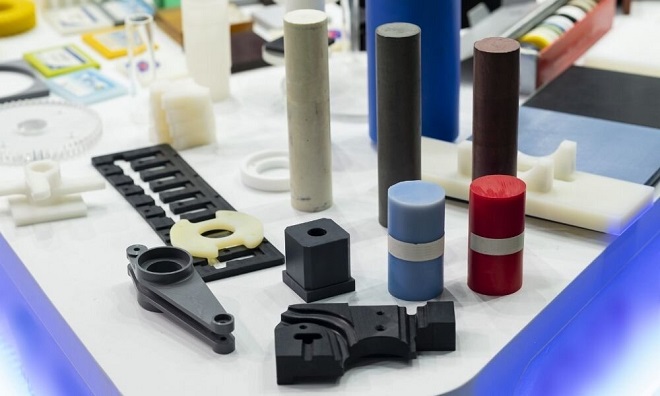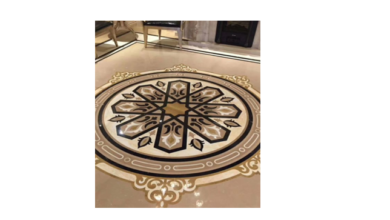The Science Behind Heat-Resistant Materials And Their Use Cases

Temperature-resistant materials play a crucial role in numerous sectors, ranging from aerospace and construction to manufacturing. These materials are engineered to endure high temperatures, safeguard essential components, and maintain the safety of both equipment and personnel. To comprehend how temperature-resistant materials function, we will explore their makeup, characteristics, and the scientific principles underpinning their exceptional capacity to resist intense heat.
Composition of Heat-Resistant Materials
Heat-resistant materials are designed to endure high temperatures without significant physical or chemical alterations. The composition of these materials varies according to their purpose and the specific temperature range they must withstand. Heat-resistant materials can be made of ceramics, known for their exceptional heat resistance and suitability for high-temperature furnaces and aerospace components, or metals and alloys that resist deformation at elevated temperatures, commonly found in engines, turbines, and exhaust systems. Additionally, refractory materials can withstand extreme heat and are often used in the lining of furnaces, kilns, and high-temperature industrial equipment. Composite materials like carbon composites offer heat resistance and specific mechanical properties, making them ideal for aerospace applications due to their lightweight nature.
Properties of Heat-Resistant Materials
Heat-resistant materials are specifically designed to function effectively in high-temperature environments due to their unique properties, which include a high melting point that enables them to remain solid even under extreme temperatures, low thermal conductivity preventing heat transfer and safeguarding nearby components, controlled thermal expansion to avoid distortion, and excellent chemical stability that resists reactions with gases or substances at high temperatures. Moreover, these materials can withstand sudden temperature changes without cracking or breaking, showcasing their resistance to thermal shock.
The Science Behind Heat Resistance
Heat-resistant materials’ extraordinary properties are attributed to materials science and engineering principles. Several factors influence their heat resistance, such as strong and stable atomic bonding found in ceramics, which prevents them from breaking down at high temperatures. The crystal structure of these materials is also crucial, with some boasting a highly ordered and tightly packed crystal lattice that enhances their heat resistance. Furthermore, the microstructure can be tailored to improve their properties, like adding reinforcing fibers to a composite material. Lastly, refractory materials’ unique compositions and characteristics, such as high alumina content, enable them to withstand extreme temperatures without deteriorating.
Fire Blankets: An Important Application of Heat-Resistant Materials
Fire blankets are a practical application of heat-resistant materials in emergency situations. These blankets are typically made from fire-resistant materials like fiberglass or treated wool. In the event of a fire, a fire blanket can be used to smother small fires or protect individuals from flames and heat.
Fire blankets function by depriving the fire of oxygen, a crucial element for combustion. By covering the flames with the blanket, a barrier is formed between the fire and the air around it. As a result, the fire is smothered, its intensity decreases, and its spread is prevented. A fire blanket is especially effective in putting out fires in locations like kitchens, labs, and workplaces, and offers protection during fire evacuations.
Materials that can withstand extreme heat are a remarkable achievement in materials science and engineering. These materials possess distinctive compositions and properties, based on atomic bonding and crystal structures, making them indispensable across various sectors like aerospace, manufacturing, and construction. Understanding the science behind heat resistance is essential for designing and selecting the right materials for specific applications, ensuring the safety and efficiency of processes and equipment. Additionally, in emergency situations, the practical application of heat-resistant materials in the form of fire blankets can provide critical protection and potentially save lives by effectively smothering small fires and shielding individuals from the heat and flames.





